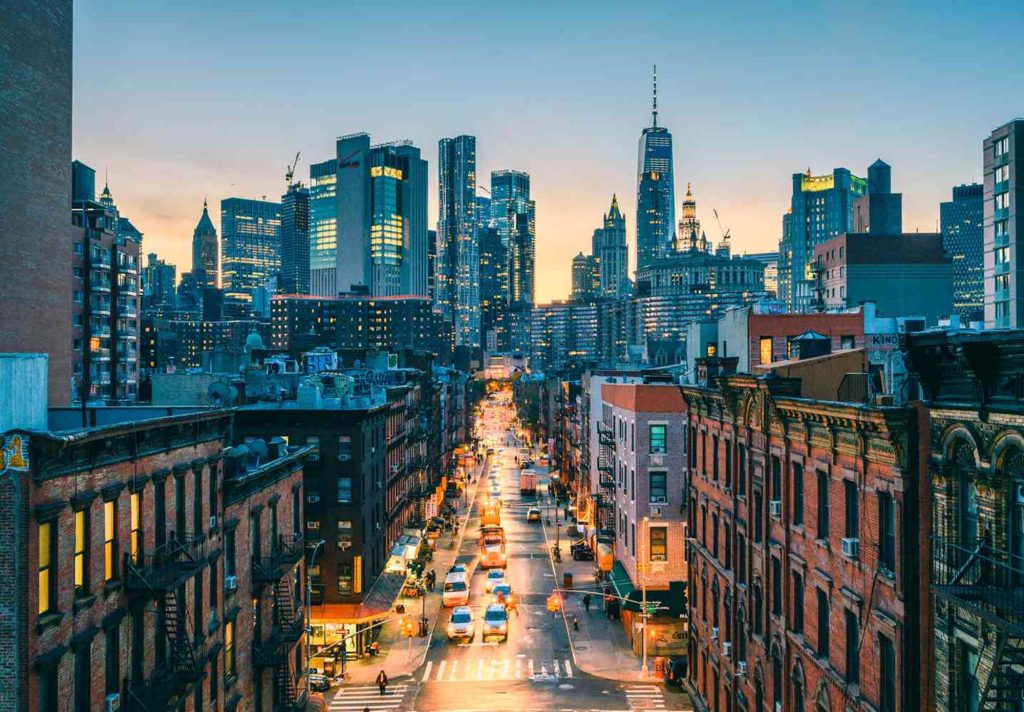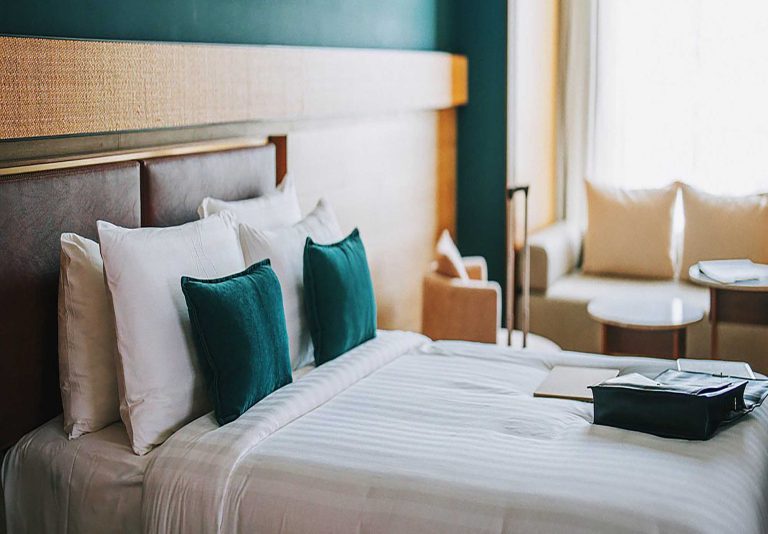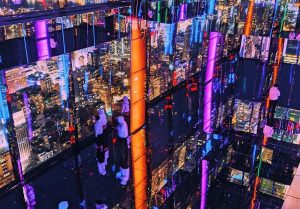Selecting Essential Drone Gear for Travel
Essential Tools for Aerial Photography
Preparation is paramount in the realm of aerial photography. As you embark on your drone photography journey, having the right equipment at your disposal is pivotal. The core tool, undoubtedly, is the drone itself. Opting for a reliable and portable drone ensures not only quality captures but also ease of travel. Consider factors like camera quality, flight stability, and compactness when selecting the ideal drone for your aerial expeditions.
Equally crucial are spare batteries and memory cards. These accessories serve as lifelines during extended photo sessions. Carrying extra batteries ensures uninterrupted flight time, allowing you to seize those perfect aerial moments without worrying about power constraints. Additionally, ample storage space provided by multiple memory cards prevents the frustration of running out of storage mid-flight, enabling you to capture a plethora of high-quality images and videos.
Moreover, investing in a sturdy and spacious travel case safeguards your equipment during transit. A durable case not only protects your drone and accessories from damage but also provides convenient organization, making it easier to carry and access your gear while on the move.
Each piece of equipment plays a vital role in facilitating seamless travel photography. Ensuring reliability, portability, and durability of your gear guarantees a smooth and productive aerial photography experience, allowing you to focus on capturing breathtaking moments from the skies.
Understanding Local Drone Regulations
Navigating the skies also means understanding and adhering to local drone laws and regulations. Prior research on flight restrictions and permits in various destinations helps avoid legal hassles and ensures responsible and safe flying.
Leveraging Helpful Apps for Drone Pilots
Technology plays a pivotal role in enhancing the drone photography experience. Utilizing drone-specific apps for flight planning, weather monitoring, and airspace awareness elevates precision and safety during aerial photography.
Strategizing Lighting for Aerial Shots
Mastering lighting is key to capturing stunning aerial images. Planning your flights during the golden hours of sunrise and sunset or experimenting with shadows and contrasts can elevate your photographs.
Maximizing RAW Format for Image Quality
Shooting in RAW format offers unparalleled flexibility in post-processing. It allows for better adjustments in exposure, color, and detail, ensuring top-notch image quality in your aerial captures.
Implementing the Rule of Thirds
Adhering to the rule of thirds—an essential composition technique—adds depth and balance to your drone shots. Dividing the frame into thirds guides the placement of focal points for more engaging photographs.
Optimizing Camera Settings for Drone Photography
Quick adjustments to camera settings, such as adjusting shutter speed and ISO, can significantly enhance the clarity and sharpness of your aerial shots, especially in varying lighting conditions.
Exploring Panoramic Perspectives
Harnessing the drone’s capability to capture panoramic views expands the canvas of your photography. Stitching together multiple shots creates immersive landscapes that encapsulate the grandeur of the scenery.
Experimenting with Aspect Ratios and Angles
Exploring diverse aspect ratios and angles adds versatility to your compositions. Playing with different perspectives and framing techniques allows for more creative and captivating visual storytelling.

Enhancing Images with Polarizing Filters
Polarizing filters mitigate glare and enhance colors, making skies bluer and landscapes more vibrant. Adding this accessory to your drone gear kit significantly improves image quality, especially in sunny conditions.
Favorite Features on the Mavic Pro Drone
As a drone enthusiast, my favorite features on the Mavic Pro include its compactness, excellent camera quality, and intelligent flight modes. These features ensure versatility and ease in capturing stunning aerial imagery.
Embarking on the journey of travel drone photography is an exciting venture. Mastering these essential tips and tools not only enhances the quality of your captures but also unlocks a whole new perspective in capturing the beauty of our world from above.
Understanding Local Drone Regulations
Understanding and adhering to local drone laws and regulations is paramount when navigating the skies, especially in destinations like New York, USA.
In New York, drone pilots must comply with stringent regulations set forth by the Federal Aviation Administration (FAA) and local authorities. Prior research on flight restrictions and permits is imperative to avoid legal complications and ensure responsible and safe flying practices.
Flying drones in New York City, for instance, is subject to specific regulations due to its dense urban landscape and sensitive airspace. It’s essential to be aware of no-fly zones, such as around airports and sensitive locations like government buildings, stadiums, and parks. The FAA also mandates that drones must be registered and labeled with registration numbers visible during flight.
Moreover, adhering to height restrictions, which often limit drone flights to a maximum altitude of 400 feet above ground level, is crucial. Respect for privacy laws and avoiding intrusive or unsafe flying near people and properties is equally important.
Obtaining necessary permits, if required for commercial or specialized drone operations, is mandatory. Researching and acquiring permits well in advance ensure compliance with local regulations and prevent legal hassles during aerial photography sessions.
By proactively familiarizing oneself with the specific drone laws and regulations in New York, drone pilots can ensure responsible, legal, and safe flying practices while capturing stunning aerial imagery within the boundaries of the law.
Leveraging Helpful Apps for Drone Pilots

Indeed, technology serves as a cornerstone in enriching the entire drone photography journey. Leveraging drone-specific applications amplifies precision, safety, and the overall experience during aerial photography expeditions.
Flight planning apps stand out as indispensable tools for drone pilots. These apps provide comprehensive pre-flight planning capabilities, allowing users to plot flight paths, mark waypoints, and preview terrain. By strategizing flight routes beforehand, pilots can optimize their aerial photography sessions, ensuring coverage of desired areas while adhering to flight regulations and safety protocols.
Weather monitoring apps serve as invaluable resources for drone pilots, offering real-time weather updates and forecasts. Keeping a keen eye on weather conditions, including wind speed, temperature, and precipitation, is pivotal in ensuring safe and successful drone flights. Being aware of changing weather patterns enables pilots to make informed decisions, such as adjusting flight schedules to avoid adverse conditions that could compromise flight stability and image quality.
Airspace awareness apps provide crucial insights into airspace restrictions and potential hazards. These applications offer detailed maps displaying restricted zones, no-fly areas, and airspace classifications. By staying informed about airspace regulations, pilots can navigate with confidence, steering clear of prohibited areas and ensuring compliance with legal requirements.
Moreover, some advanced apps incorporate additional features like geofencing, which establishes virtual boundaries and alerts pilots when entering restricted airspace. This feature acts as an extra layer of safety, preventing inadvertent trespassing into off-limits areas and promoting responsible drone flying practices.
The utilization of these drone-specific applications empowers pilots with tools for meticulous planning, real-time monitoring, and heightened situational awareness. Integrating technology seamlessly into the drone photography experience not only enhances precision and safety but also elevates the overall quality and success of aerial photography endeavors.
Mastering Lighting for Aerial Photography
Achieving captivating aerial shots hinges on mastering lighting techniques that elevate the visual impact of your photographs. Strategizing the use of natural light during specific times of the day significantly enhances the overall aesthetic.
Planning your drone flights during the golden hours of sunrise and sunset presents a golden opportunity. The soft, warm hues of these moments infuse a magical quality into your aerial captures. Experimenting with the interplay of light and shadows during these periods creates dramatic contrasts, adding depth and dimension to your photographs.
Furthermore, utilizing the changing angles of sunlight during different times of the day allows for diverse lighting conditions. Exploring the unique effects of morning, midday, and evening light can lend varied moods and atmospheres to your aerial compositions.
Leveraging RAW Format for Image Quality

Opting to shoot in RAW format stands as a game-changer in aerial photography. This format preserves the maximum amount of data from your drone’s sensor, granting unparalleled flexibility during post-processing.
The RAW format offers extensive latitude for adjusting exposure, color balance, and fine details without compromising image quality. This flexibility allows for precise tweaking and refining, ensuring optimal results in your aerial captures. The ability to salvage overexposed or underexposed areas and retrieve lost details empowers photographers to create images of exceptional clarity and vibrancy.
Embracing the Rule of Thirds in Composition
The rule of thirds remains a cornerstone technique in crafting visually engaging compositions. When applied to aerial photography, this principle guides the placement of key elements within the frame to enhance visual interest.
Dividing the frame into thirds both horizontally and vertically creates a grid. Aligning focal points or key elements along these gridlines or at their intersections draws the viewer’s eye and adds dynamism to the composition. This deliberate placement contributes to a more balanced, harmonious, and visually appealing image.
Mastering these techniques—strategizing lighting, leveraging RAW format, and implementing the rule of thirds—empowers drone photographers to craft aerial compositions that captivate and resonate with viewers, elevating the storytelling potential and visual impact of their captures.
Venturing into the world of travel drone photography opens vistas to unparalleled creativity and storytelling from the skies above. Equipped with essential tools, knowledge of local regulations, and a deep understanding of photography techniques, the journey takes flight with boundless possibilities.
As we navigate the ever-changing horizons, mastering the art of aerial photography becomes a captivating adventure. The interplay of light, the precision of technology, and the finesse of composition converge to encapsulate the world’s beauty from breathtaking altitudes.
Each click of the shutter captures not just an image, but a narrative—a story of exploration, discovery, and admiration for the world’s diverse landscapes. It’s an invitation to witness the world from a perspective that transcends ordinary vision, revealing an extraordinary tapestry of colors, textures, and emotions.
So, as the drone soars, it’s not merely about capturing the scenery—it’s about encapsulating moments, emotions, and experiences that resonate. It’s about inspiring others to marvel at the wonders of our planet, inviting them to embark on their own aerial odyssey.
The realm of travel drone photography isn’t just about capturing the world from above; it’s about transcending boundaries and painting the skies with a canvas of stories. As we navigate the boundless skies, let every image captured be a testament to the artistry and wonder that await above the clouds.












+ There are no comments
Add yours